There’s something magical about opening a jar of perfectly whipped creamed honey. Smooth, silky, and naturally sweet, this treat feels like a small luxury you can spoon straight onto toast, tea, or pastries. If you’ve ever wondered how to transform simple raw honey into a luscious, spreadable masterpiece, you’re in the right place. In this creamed honey recipe, we’ll walk through the exact steps to create your own sweet perfection at home.
Overview of Creamed Honey Recipe
Creamed honey, sometimes called whipped or spun honey, is a glorious transformation of liquid honey into a soft, velvety spread. The magic lies in controlled crystallization—encouraging fine, tiny crystals instead of large, gritty ones. The result? A honey that’s easy to spread, less likely to drip, and utterly luxurious to taste.
In this creamed honey recipe, we’ll use the classic Dyce Method, a technique developed in the 1930s that’s still the gold standard for consistent results. You’ll only need a few ingredients and basic tools to make your own. Whether you enjoy it on biscuits, swirled into yogurt, or straight off a spoon (no judgment here!), this homemade creamed honey will become a pantry staple.
The aroma is subtly floral, the texture is thick and rich, and the flavor? As pure and sweet as nature intended. Plus, making it yourself means you can customize the flavor with cinnamon, vanilla, or even a hint of lemon zest if you’re feeling adventurous.
Ingredients List
To make your own creamed honey recipe, you’ll need just two simple ingredients:
- Raw, liquid honey – preferably a light, floral variety like clover or wildflower.
- Seed honey – previously creamed honey to “inoculate” the batch with fine crystals.
Optional additions:
- Ground cinnamon – for a warm, spiced twist.
- Vanilla extract – for a mellow, sweet undertone.
- Lemon zest – for a refreshing citrus lift.
Pro Tip: Always use high-quality raw honey for the best flavor and texture. Processed honey can behave unpredictably when crystallizing.
Necessary Tools for Preparation
While creamed honey sounds fancy, you don’t need a professional kitchen to make it. Here’s what you’ll need:
- Stand mixer (preferred) or hand mixer – with a whisk attachment for aeration.
- Mixing bowl – glass or stainless steel works best.
- Food-grade thermometer – optional, for precise temperature control (ideal: 57°F/14°C).
- Sterilized glass jars – for storing your finished creamed honey.
- Rubber spatula – to transfer the honey smoothly into jars.
If you don’t have a stand mixer, don’t worry! Hand mixing is possible; it just takes a little more elbow grease.
For the best results, work in a cool, dry environment—honey crystallizes most beautifully when it’s not too warm. Think early spring mornings or fall afternoons.
Ingredient Additions & Substitutions
One of the beautiful things about this creamed honey recipe is how easily you can make it your own. While the basic version is sweet simplicity at its finest, adding flavors or adjusting ingredients can open up a whole new world of taste.
Flavor Variations
- Cinnamon Creamed Honey: Add 1 teaspoon of ground cinnamon for every cup of honey. The spice warms up the sweetness beautifully.
- Vanilla Creamed Honey: Stir in ½ teaspoon of pure vanilla extract for a subtle, cozy aroma.
- Lemon Creamed Honey: Mix in 1 teaspoon of freshly grated lemon zest to brighten the flavor with a citrus kick.
- Lavender Creamed Honey: Add a tiny pinch of dried, food-grade lavender for a floral, sophisticated twist.
Ingredient Substitutions
- Seed Honey Alternative: If you don’t have seed honey, you can use finely crystallized honey, mashing it thoroughly before mixing. It won’t be quite as silky, but it works!
- Raw vs Pasteurized Honey: Always prefer raw honey. Pasteurized honey may not crystallize properly and could affect the final texture.
- Vegan Honey Alternatives: Technically, true honey isn’t vegan. Some plant-based “honeys” made from apples or dandelions exist, but their behavior during creaming differs and may not produce a comparable result.
Reminder: Even with additions, the main structure of this creamed honey recipe relies on preserving the fine crystal formation. Overloading it with liquids (like too much extract) could cause uneven texture.
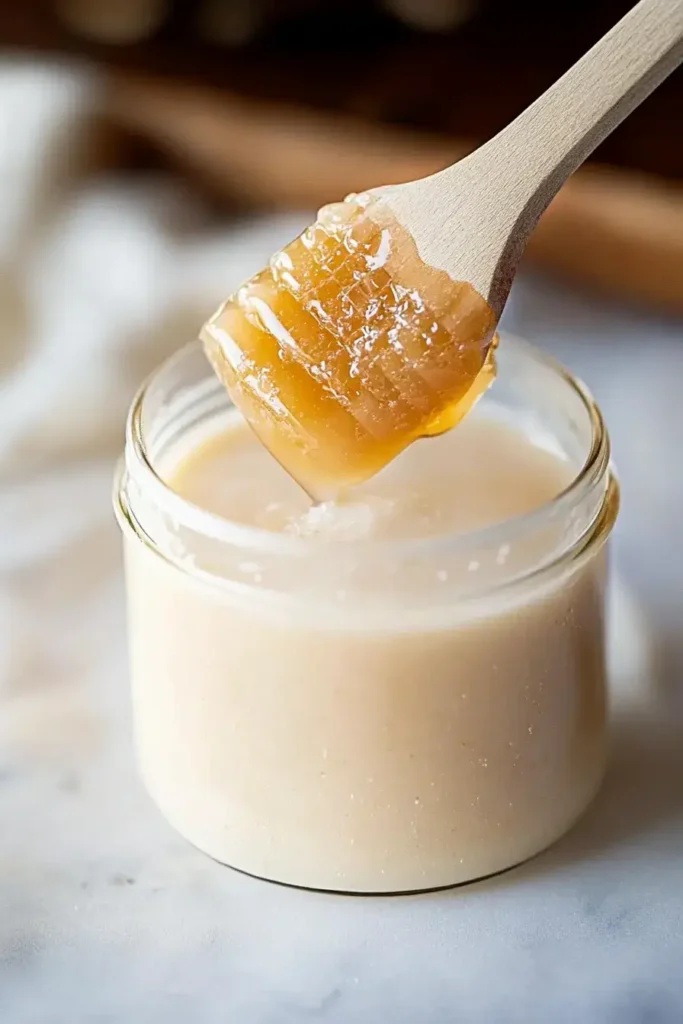
Step-by-Step Instructions
Creating a silky batch of creamed honey is easier than you think. Here’s how to nail it every time:
❶ Select Your Raw Honey
Choose a mild, light-colored raw honey for the smoothest creamed honey. Wildflower and clover honeys are ideal. Darker honeys like buckwheat can work but tend to have a stronger, sometimes overpowering taste.
Ensure your honey is fully liquid before starting. If it has already started to crystallize, gently warm it by placing the jar in a bowl of hot water — never microwave honey, as this destroys beneficial enzymes.
❷ Add the Seed Honey
Measure out about 1 part seed honey to 10 parts raw honey. For example:
- 1 tablespoon of seed honey per 10 tablespoons of raw honey.
The seed honey provides the fine crystals that guide the rest of the honey to crystallize smoothly.
In your mixing bowl, combine the raw and seed honeys thoroughly.
❸ Mix to Incorporate Air
Using your stand mixer with a whisk attachment, mix the honey on a low to medium speed for 20 to 30 minutes.
Your goal: Incorporate a little air without whipping aggressively. You’re encouraging a fine, creamy texture — not creating a honey foam.
The honey should lighten slightly in color as you mix.
Pro Tip: Take your time. Overmixing can overheat the honey, while undermixing can leave grainy spots.
❹ Temperature Control (Optional but Recommended)
If you want next-level results, maintain your honey at about 57°F (14°C) during the crystallization phase. Professional creamed honey makers use special cool rooms, but you can simply store your jars in a cool basement, pantry, or even a wine fridge.
This temperature encourages the formation of micro-crystals, giving the honey that dreamy spreadable texture.
❺ Jar and Store Your Honey
Once mixed, transfer your honey into sterilized glass jars.
Leave a little space at the top — about ½ inch — to allow for slight expansion.
Seal tightly and store the jars at room temperature (preferably around 57°F) away from direct sunlight.
Your creamed honey recipe will set in about 7 to 14 days, depending on conditions. Once it’s firmed up, it’s ready to enjoy!
Serving Suggestions
Once you’ve mastered this creamed honey recipe, you’ll find dozens of delicious ways to enjoy it. Because of its thick, luxurious texture and easy spreadability, creamed honey is incredibly versatile in both sweet and savory settings.
Everyday Uses
- Spread on Toast: A classic. Warm toast with a generous layer of creamed honey is pure comfort.
- Swirl into Oatmeal or Yogurt: Adds a touch of sweetness and beautiful creaminess.
- Drizzle over Pancakes or Waffles: The slow, thick flow of creamed honey creates irresistible breakfast magic.
- Sweeten Tea or Coffee: Creamed honey dissolves beautifully, adding a richer flavor than plain sugar.
- Pair with Cheese Boards: Soft cheeses like brie and goat cheese beg for a drizzle of creamed honey on top.
Special Treats
- Frosting Alternative: Spread creamed honey over cupcakes for a natural, simple “frosting.”
- Fruit Dips: Serve alongside sliced apples, pears, or strawberries.
- Marinade Booster: Mix a spoonful into chicken or pork marinades for a glossy, caramelized finish.
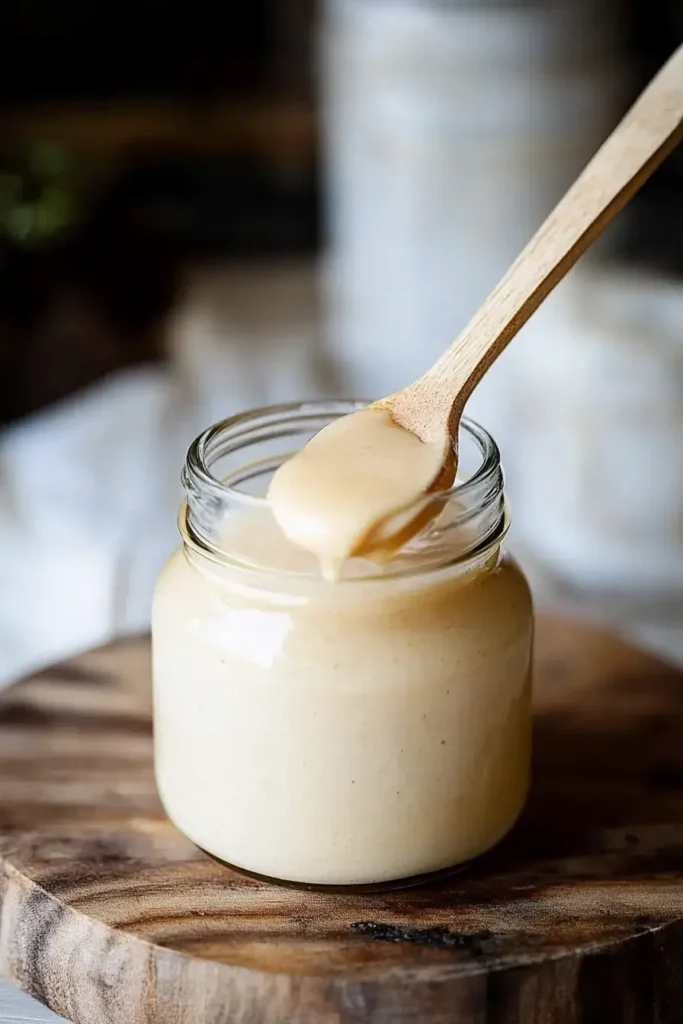
Tips for Best Results
While making this creamed honey recipe is fairly straightforward, a few insider tips will guarantee the smoothest, most luscious honey every time.
Use High-Quality Ingredients
Always start with raw, high-quality honey. Industrial or heavily processed honey may not crystallize predictably and can compromise texture and flavor.
Mind Your Mixing
Gentle mixing is crucial. Over-beating can incorporate too much air and heat, leading to separation or a loose, runny texture. A steady, slow whisk is your best friend here.
Pro Tip: Stop mixing once you notice the honey has lightened slightly and feels thicker — usually around 20–30 minutes.
Temperature Is Everything
Remember, cooler temperatures (around 57°F or 14°C) encourage the formation of fine crystals. If your environment is too warm, crystallization will be delayed, and the texture could become coarse.
- Too warm? Try refrigerating the jars briefly, but don’t freeze them.
- Too cold? Warm the area slightly, but avoid heating above 70°F.
Use Clean Tools
Honey is naturally antimicrobial, but introducing moisture or contaminants can cause spoilage. Always sterilize your jars and utensils beforehand.
Storage Instructions
Proper storage will ensure your creamed honey recipe stays silky, spreadable, and delicious for months.
Best Containers
- Glass jars are the gold standard. They don’t retain odors and protect honey from moisture.
- Avoid plastic if possible, as it can absorb and leach flavors.
Storage Temperature
- Ideal: Around 57°F (14°C) in a dark, dry place.
- Acceptable: Regular room temperature (up to 70°F) will work but may soften the honey slightly over time.
Shelf Life
- Creamed honey lasts 6–12 months without refrigeration.
- If stored correctly, it remains safe and delicious well beyond that, though texture may eventually shift.
- Crystallization changes? Simply re-mix gently with a clean utensil.
Important: Never refrigerate liquid honey unless it’s already been creamed — chilling raw honey can cause uncontrolled, gritty crystallization.
FAQ
What is Seed Honey?
Seed honey is previously creamed honey used to “inoculate” fresh liquid honey, kickstarting the crystallization process. It introduces tiny, uniform crystals that guide the new batch to cream with the same fine texture. Think of it like a sourdough starter — a little goes a long way!
Why is My Creamed Honey Gritty?
Grainy creamed honey typically happens when large crystals form instead of micro-crystals. This could be due to:
- Not using enough seed honey
- Inconsistent temperature during setting
- Using raw honey that already had coarse crystals
Solution: Always start with very smooth seed honey and maintain a cool environment around 57°F.
Can You Flavor Creamed Honey?
Absolutely! This creamed honey recipe is incredibly versatile. Popular natural flavorings include:
- Cinnamon
- Vanilla
- Lemon zest
- Lavender Just be cautious about adding too much liquid, as it can affect the crystallization process.
How Long Does Creamed Honey Last?
Properly stored creamed honey can last up to a year at room temperature. It’s naturally antimicrobial thanks to honey’s high sugar content. If texture changes over time, simply remix with a clean spoon.
Conclusion
Congratulations, honey maker!
You’ve just unlocked one of nature’s sweetest secrets with this creamed honey recipe. There’s something incredibly rewarding about crafting a spread so pure, so silky, and so delicious from just two ingredients.
Whether you’re swirling it into your morning tea, slathering it over a fresh biscuit, or gifting it in rustic jars to family and friends, creamed honey brings a touch of homemade luxury to every table.
Now that you’ve mastered the basics, don’t be afraid to experiment with flavors, presentations, and giftable ideas. Once you make your own creamed honey, you’ll never want to buy it again. Happy creaming!
Print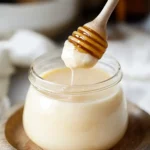
Creamed Honey Recipe
- Total Time: 40 minutes + 7–14 days crystallization
- Yield: Approx. 1 pint
Description
Learn how to make creamed honey at home with this smooth, spreadable, and naturally sweet recipe using the classic Dyce Method.
Ingredients
Base Ingredients:
- 10 parts raw, liquid honey (preferably light floral varieties like clover or wildflower)
- 1 part seed honey (previously creamed honey)
Optional Flavor Additions:
- 1 tsp ground cinnamon per cup of honey
- ½ tsp pure vanilla extract per cup of honey
- 1 tsp lemon zest per cup of honey
- Pinch of food-grade dried lavender (optional)
Instructions
- Select Raw Honey: Choose a mild, light-colored raw honey. Ensure it is fully liquid. If crystallized, warm gently in a hot water bath.
- Add Seed Honey: Mix 1 part seed honey with 10 parts raw honey in a clean mixing bowl.
- Mix Thoroughly: Using a stand mixer with a whisk attachment, mix on low to medium for 20–30 minutes until lightened and slightly thickened.
- Temperature Control: (Optional) Store the mixed honey at 57°F (14°C) to encourage fine crystal formation.
- Jar the Honey: Transfer to sterilized glass jars, leaving ½ inch space at the top. Seal tightly.
- Set and Store: Let the jars sit at room temperature (ideally 57°F) for 7–14 days to crystallize into a creamy texture.
Notes
- Always use raw honey for best results.
- Avoid overmixing to prevent overheating and foam formation.
- Use clean, dry tools to prevent spoilage.
- Flavor variations are easy—just don’t overdo liquids.
- Store in a cool, dry place; refrigeration can cause grainy crystallization.
- Prep Time: 10 minutes
- Cook Time: 30 minutes
- Category: Condiment
- Method: Mixing
- Cuisine: American
Nutrition
- Serving Size: 1 tablespoon
- Calories: 64 kcal
- Sugar: 17 g
- Sodium: 0 mg
- Fat: 0 g
- Saturated Fat: 0 g
- Unsaturated Fat: 0 g
- Trans Fat: 0 g
- Carbohydrates: 17g
- Fiber: 0 g
- Protein: 0 g
- Cholesterol: 0 mg
Additional Recommended Recipes
If you loved making this creamed honey recipe, you might also enjoy:
- Apricot Pineapple Jam Recipe – A sunny, tropical spread that pairs beautifully with toast, scones, or yogurt.
- Peach Jalapeño Jam Recipe – A sweet-heat twist that’s perfect for cheese boards or glazed meats.
- Persimmon Jelly Recipe – Silky and subtly spiced, this seasonal jelly adds elegance to any breakfast table.
- Marshmallow Recipe Without Corn Syrup – Soft, fluffy, and naturally sweet—just like honey at its best.
These homemade delights capture the joy of crafting your own pantry favorites—flavorful, nostalgic, and truly from the heart.

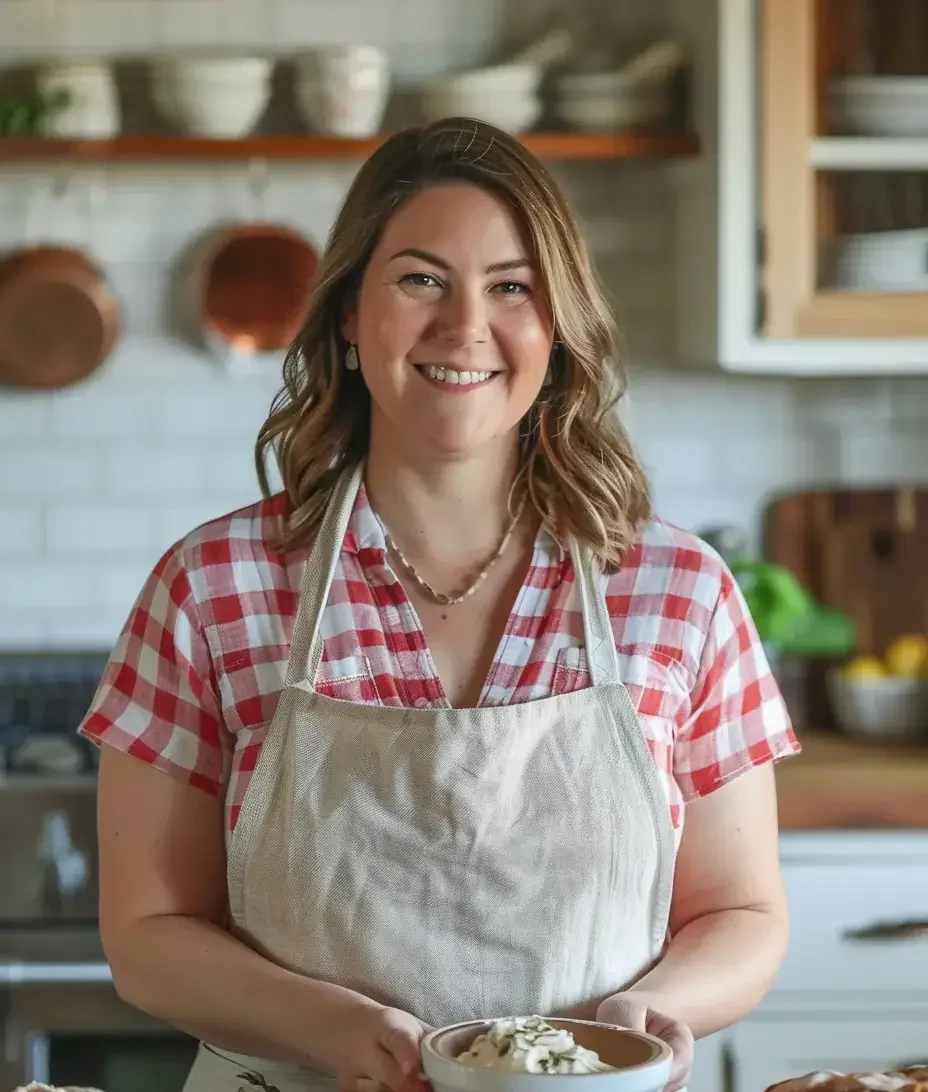
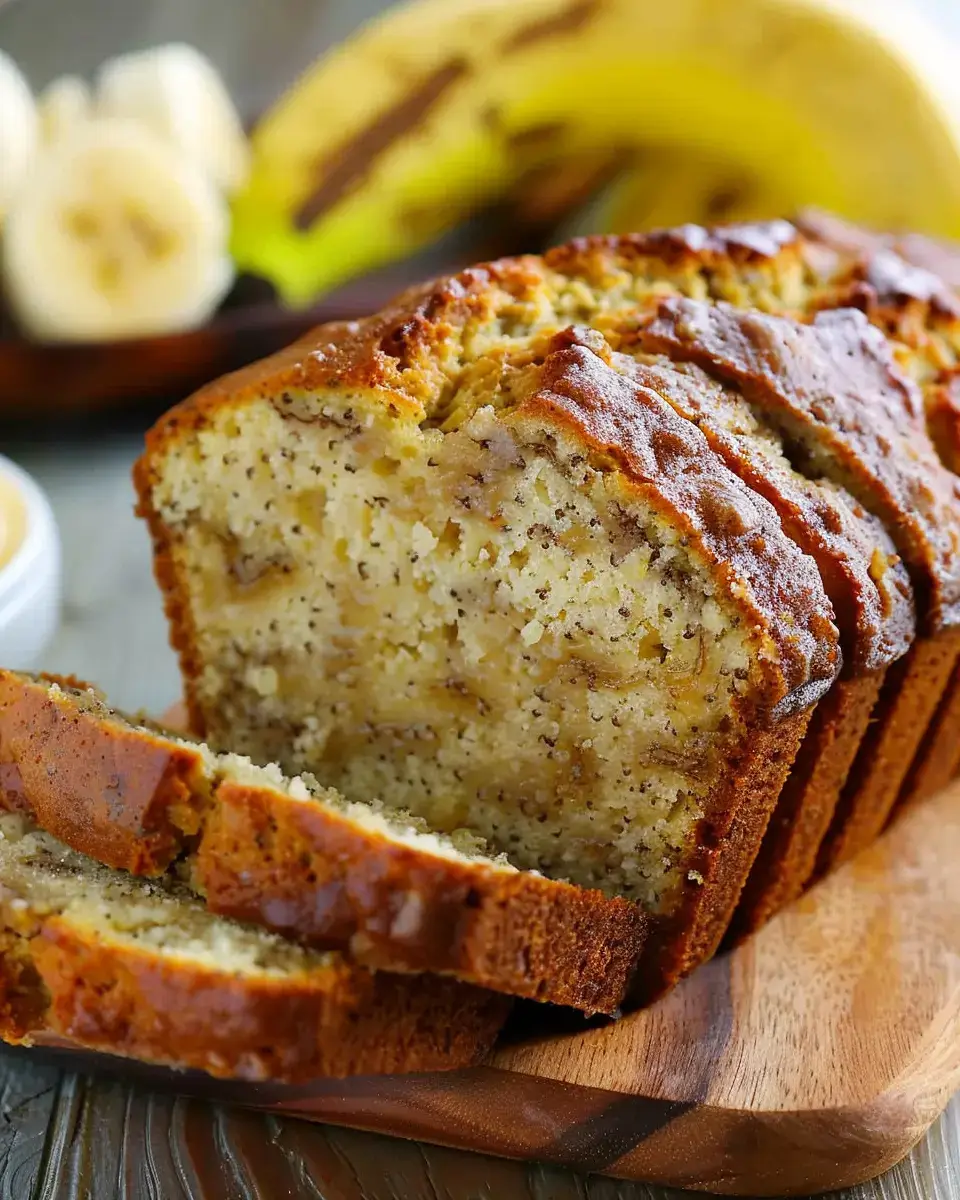
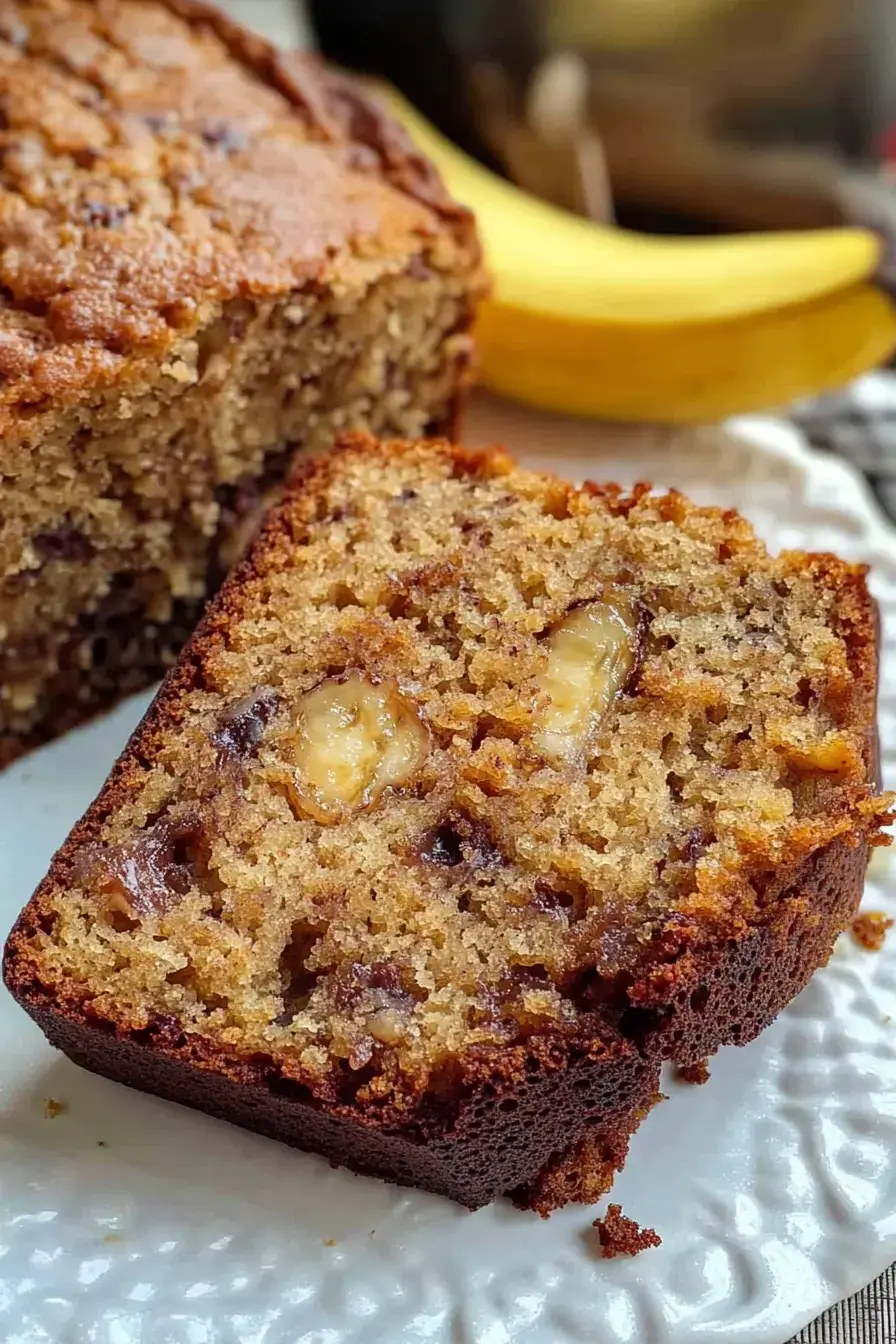
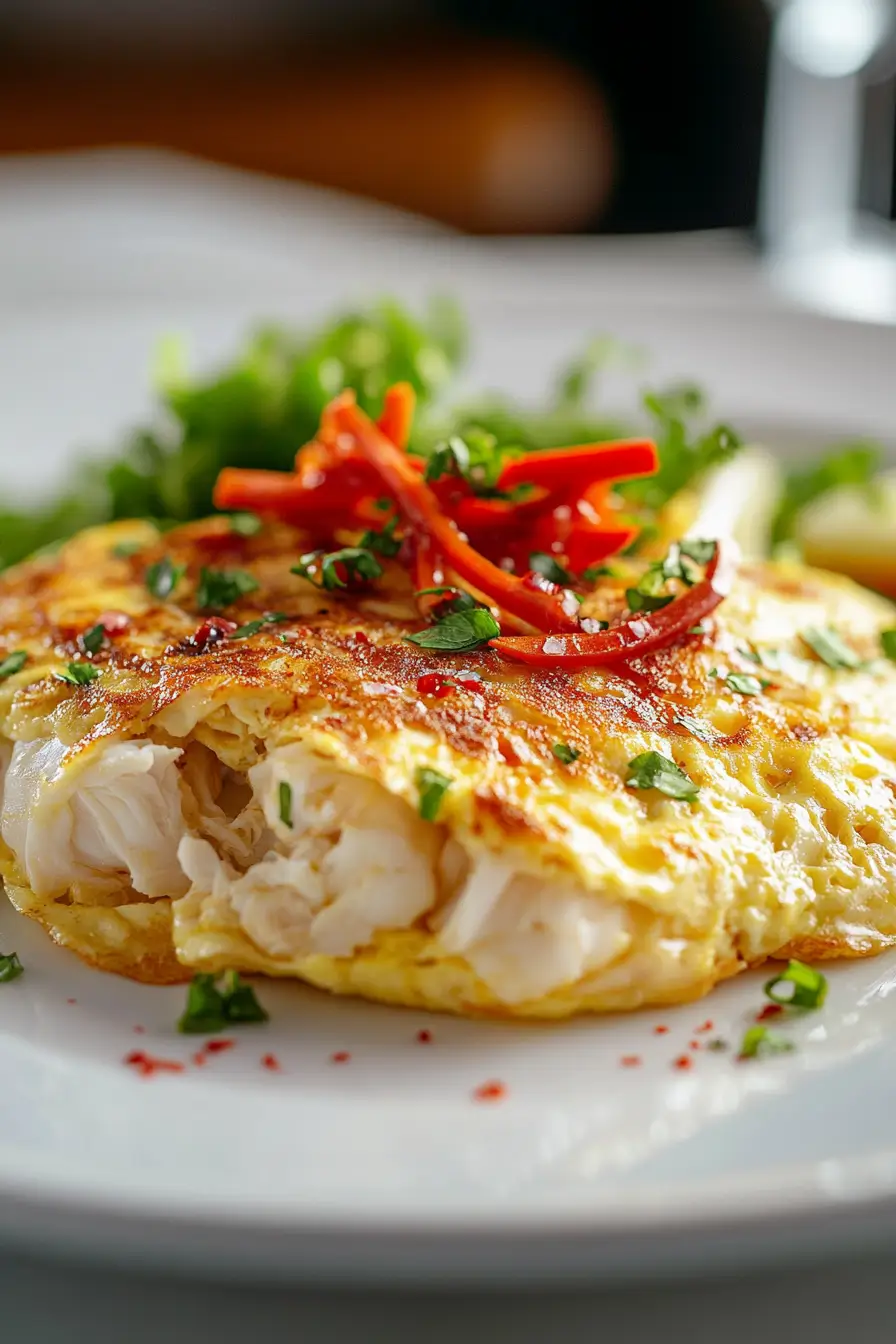

Comments and Reviews